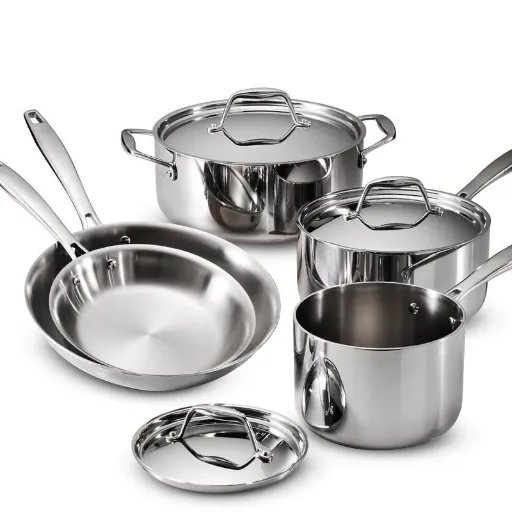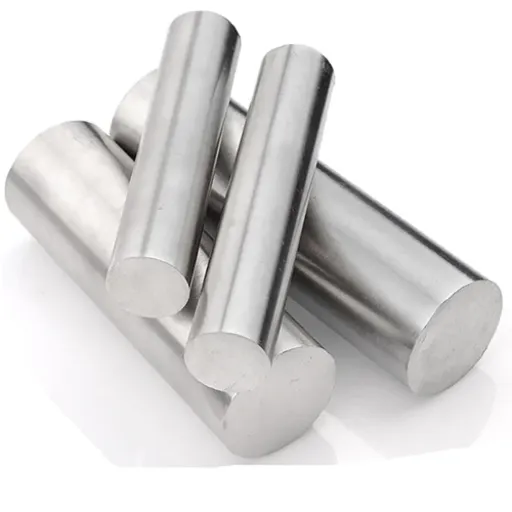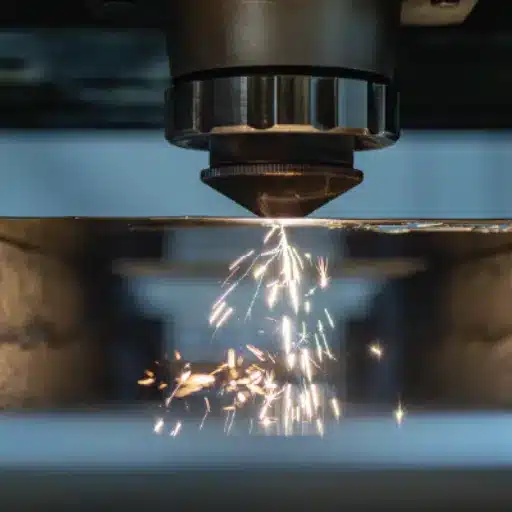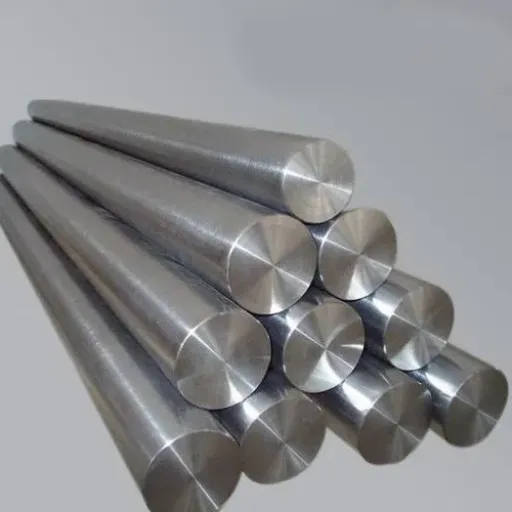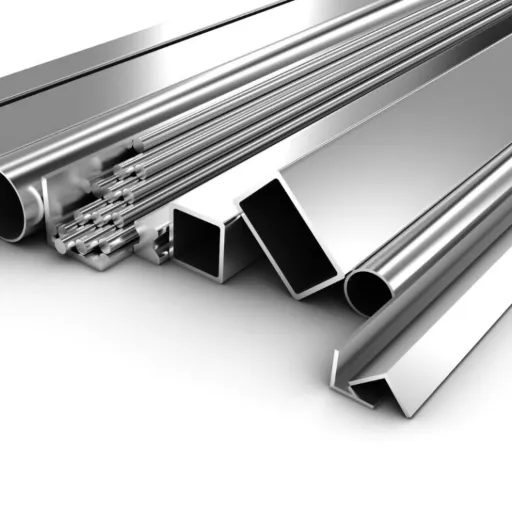SA508 is a low-alloy steel widely recognized for its exceptional strength, toughness, and reliability, making it a critical material in the construction of pressure vessels and equipment. This steel grade plays a pivotal role in industries such as power generation, petrochemicals, and nuclear energy, where high-performance materials are necessary to withstand extreme conditions. This blog aims to comprehensively explore the key characteristics of SA508, its applications, manufacturing processes, and advantages in demanding environments. Additionally, we will examine the standards and testing protocols that ensure its performance and discuss its future potential in evolving industrial landscapes. By the end of this article, readers will have a thorough understanding of why SA508 remains a trusted choice for high-stress applications.
What are the mechanical properties of SA508?
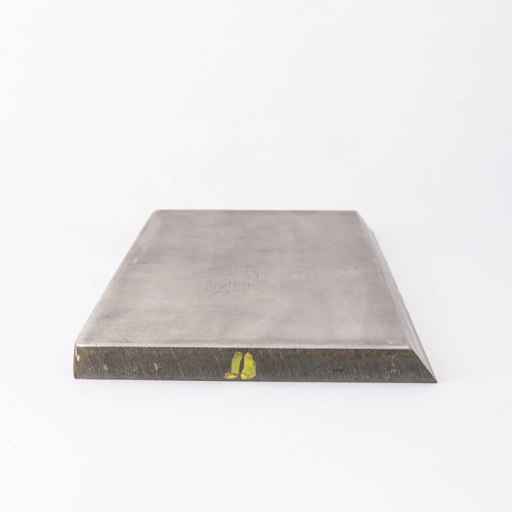
SA508 steel exhibits exceptional mechanical properties that make it ideal for high-stress applications. It offers high tensile strength, excellent toughness, and impressive resistance to impact and fracture, even at low temperatures. Its specific chemical composition and heat treatment processes achieve these properties, which enhance its durability and reliability. Additionally, SA508 demonstrates strong weldability, ensuring its structural integrity in various demanding environments. These factors collectively contribute to its widespread use in pressure vessels, nuclear reactors, and other critical industrial systems.
How does strength and toughness affect its performance?
Strength and toughness are critical properties that significantly impact the performance of SA508 in demanding applications. Strength determines the material’s ability to withstand high stresses without deformation, ensuring it can handle intense pressures in vessels and reactors. Conversely, toughness measures the material’s capacity to absorb energy and resist fracture, especially under impact or at low temperatures. The combination of high strength and exceptional toughness allows SA508 to maintain its structural integrity in extreme operational conditions, minimizing the risk of failure and enhancing its reliability in safety-critical industries such as nuclear energy and petrochemical processing.
What role does heat treatment play in enhancing SA508?
Heat treatment improves the properties and performance of SA508 as the microstructure is optimized. It has been noted that processes like quenching and tempering increase the material’s toughness, strength, and grain structure. Quenching involves cooling the material rapidly within a liquid medium, producing a hardened martensitic structure. This process is further complemented by a tempering phase, alleviating internal stresses and enhancing ductility while diminishing strength. The alloy’s remarkable toughness enables it to withstand severe conditions of high pressure, heavy loads, and extreme temperatures, making it useful in the petrochemical industry and nuclear reactors.
How does SA508 compare in tensile strength to other steels?
SA508 steel exhibits superior tensile strength compared to conventional steels, making it a preferred choice for high-stress environments. Its tensile strength typically ranges between 550-800 MPa, depending on the specific grade and heat treatment applied. While standard structural steels, such as A36, generally have tensile strengths around 400-550 MPa, SA508 far exceeds this, particularly in critical applications like pressure vessels. Additionally, its composition and processing methods ensure a unique combination of strength, toughness, and reliability that outperforms many other steels in both standard and extreme operating conditions.
How does the chemical composition influence SA508?

The chemical composition of SA508 plays a crucial role in defining its mechanical properties and performance. Elements like carbon, manganese, nickel, chromium, and molybdenum are carefully balanced to achieve high strength, exceptional toughness, and resistance to cracking under stress. Carbon contributes to hardness and strength, while nickel enhances low-temperature toughness. Chromium and molybdenum improve corrosion resistance and add to the steel’s durability under extreme conditions. This precise combination ensures that SA508 can withstand the demanding environments of pressure vessels and nuclear reactor applications.
What are the key elements in SA508’s alloy?
SA508’s alloy primarily consists of carbon, manganese, nickel, chromium, molybdenum, and silicon. Carbon enhances hardness and tensile strength, while manganese contributes to structural stability and toughness. Nickel improves impact resistance at low temperatures, chromium adds corrosion resistance, and molybdenum strengthens the material under high-pressure and high-temperature conditions. Silicon aids in oxidation resistance and overall metallurgical integrity. This optimal mix allows SA508 to excel in challenging environments like nuclear reactors and pressure vessels, where durability and performance are critical.
How does ni affect the properties of SA508?
Nickel (Ni) significantly enhances the toughness, ductility, and low-temperature impact resistance of SA508 steel. It plays a critical role in improving the alloy’s ability to withstand brittle fracture, especially in demanding environments such as those found in nuclear reactors. By refining the steel’s microstructure, nickel contributes to a smoother transition from brittle to ductile behavior, ensuring structural integrity even under extreme conditions.
What is the significance of Cr in SA508?
Chromium (Cr) plays an essential role in SA508 steel by improving its corrosion resistance and hardenability. Chromium enhances the steel’s ability to resist oxidation and deterioration in high-temperature and aqueous environments, which is particularly crucial for nuclear reactor applications. Additionally, Cr contributes to strengthening the alloy by facilitating the formation of carbide precipitates that increase its wear resistance and durability. This element also helps in maintaining the structural stability of the steel under prolonged exposure to heat and stress, ensuring its reliability in demanding operational conditions.
Why is SA508 used in nuclear reactor pressure vessels?
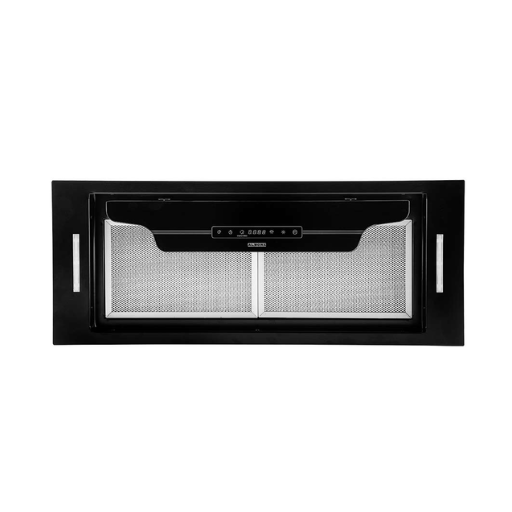
SA508 is widely used in nuclear reactor pressure vessels due to its exceptional mechanical properties and resistance to harsh operating conditions. This alloy steel demonstrates high strength, toughness, and the ability to withstand extreme pressures and temperatures encountered in nuclear reactors. Additionally, it resists corrosion and radiation-induced degradation, ensuring long-term performance and safety. Its weldability and structural integrity make it ideal for manufacturing large, critical components like reactor pressure vessels. These attributes collectively make SA508 a reliable choice for the stringent demands of nuclear energy applications.
What makes SA508 suitable for reactor pressure vessel applications?
SA508 is well-suited for reactor pressure vessel applications because of its exceptional mechanical properties and resilience under extreme conditions. Its high strength and toughness allow it to withstand the immense pressures and temperatures found in nuclear reactors. The material’s resistance to corrosion and radiation damage ensures durability over long periods, maintaining safety and performance standards. Furthermore, its weldability and structural reliability make it ideal for constructing large, critical components required in nuclear energy systems.
How does SA508 contribute to the safety of nuclear power plants?
SA508 contributes to the safety of nuclear power plants through its exceptional material properties that ensure structural integrity and reliability. Its high strength and fracture toughness enable it to resist catastrophic failures under high-pressure and high-temperature conditions typically present in reactor environments. Additionally, its resistance to corrosion and neutron radiation minimizes degradation over time, reducing the risk of leaks or structural weaknesses. The material’s excellent weldability also allows for the precise and secure construction of reactor pressure vessels, a critical component for containing nuclear reactions and preventing the release of radioactive materials. Overall, SA508’s performance directly supports the safe and efficient operation of nuclear power plants.
How does microstructural evolution occur in SA508?
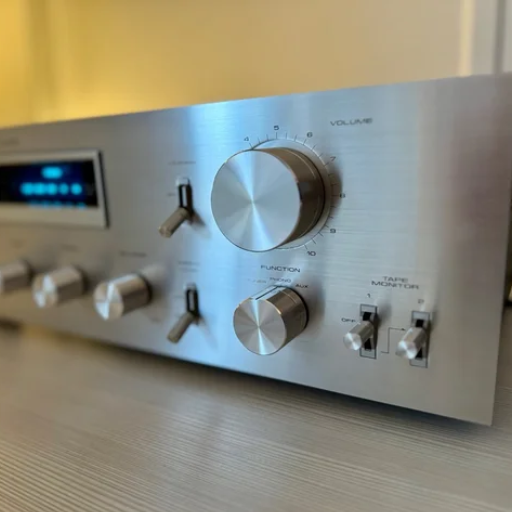
Microstructural evolution in SA508 occurs primarily through thermal and mechanical processes during service in reactor environments. Exposure to high temperatures over prolonged periods leads to phenomena such as grain boundary migration, precipitation of secondary phases, and coarsening of carbides. Additionally, neutron irradiation induces defect formation, such as dislocation loops and voids, which can alter the material’s properties. These changes are influenced by factors like operating temperature, irradiation dose, and stress levels, collectively affecting the material’s strength, toughness, and resistance to cracking over time.
What is the impact of grain size on mechanical properties?
Grain size has a profound impact on the mechanical properties of a material. According to the Hall-Petch relationship, smaller grain sizes typically lead to an increase in yield strength and hardness, as grain boundaries act as barriers to dislocation movement. This results in enhanced resistance to deformation. However, finer grains may reduce the material’s ductility, making it less capable of absorbing energy before fracture. Conversely, larger grain sizes may enhance ductility and toughness but at the cost of reduced strength. The effect of grain size is particularly critical in high-stress environments, where optimizing grain structure is necessary to balance strength, toughness, and resistance to failure.
How do carbide precipitations affect SA508?
Carbide precipitations in SA508 significantly influence its mechanical properties. From my research, these precipitations enhance the material’s strength and hardness by impeding dislocation movement, similar to a grain boundary effect. However, excessive carbide formation can lead to localized stress concentrations and reduce toughness, increasing the susceptibility to brittle fracture. Proper heat treatment is essential to control the size, distribution, and amount of carbides, ensuring an optimal balance between strength and toughness for high-stress applications like pressure vessels.
What are the challenges in weld fabrication of SA508?
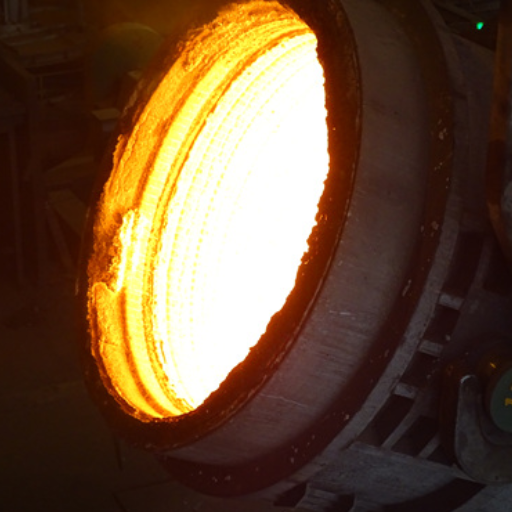
Weld fabrication of SA508 presents several challenges due to its high-strength, low-alloy nature. One of the primary issues is the risk of hydrogen-induced cracking, which arises from the material’s sensitivity to hydrogen during welding processes. Proper preheating, post-weld heat treatment, and the use of low-hydrogen electrodes are critical to mitigate this risk. Additionally, maintaining weld integrity requires careful control of residual stresses, as these can compromise the material’s toughness and fatigue resistance. Achieving a uniform microstructure in both the weld metal and heat-affected zone (HAZ) further adds complexity, necessitating precise temperature management and appropriate welding techniques.
How does weld integrity affect the performance of pressure vessels?
Weld integrity is a critical factor in ensuring the safe and efficient performance of pressure vessels. Poor weld quality can lead to defects such as cracks, voids, or inclusions, which can act as stress concentrators and reduce the vessel’s overall strength. This increases the risk of failure under high pressures or during thermal cycling. Additionally, weld defects may accelerate corrosion, particularly in aggressive service environments, compromising the vessel’s longevity. Ensuring weld integrity through proper welding techniques, thorough inspections, and adherence to quality control standards is essential to maintain structural reliability and meet regulatory requirements. This directly impacts the vessel’s safety, operational lifespan, and performance under demanding conditions.
What techniques are used to ensure strong welds in SA508?
To ensure strong welds in SA508, several advanced techniques and best practices are employed. Preheating the base material before welding is critical to minimize thermal stresses and prevent cracking. Controlled heat input during the welding process is used to maintain a balanced microstructure and reduce the risk of weld defects. Additionally, post-weld heat treatment (PWHT) is applied to relieve residual stresses, refine the microstructure, and enhance mechanical properties. Non-destructive testing (NDT) methods, such as ultrasonic testing, radiographic testing, and magnetic particle inspection, are used to detect weld imperfections and ensure quality. Furthermore, employing high-quality weld fillers compatible with SA508 and adhering to established welding procedures enhance the strength and reliability of the welds. These techniques collectively ensure the structural integrity of pressure vessels fabricated from SA508 steel.
How is hardenability managed during welding?
Managing hardenability during welding requires careful control of several factors to ensure desirable microstructural properties and avoid issues like excessive hardness or cracking. From my understanding, preheating the material is vital to slow down cooling rates, which helps reduce the chances of martensite formation in the heat-affected zone. Additionally, selecting the right filler metal is crucial to ensure compatibility with SA508 and to achieve balanced mechanical properties. Post-weld heat treatment plays an essential role in refining the microstructure and relieving stresses, further mitigating hardenability concerns. By following established welding procedures and conducting non-destructive testing, it becomes possible to verify the integrity of the weld and manage hardenability effectively.
References
Frequently Asked Questions (FAQ)
Q: What is SA508, and why is it important in materials science and engineering?
A: SA508 is a low alloy steel primarily used in the construction of pressure vessels. It is important in materials science and engineering due to its excellent mechanical properties and its ability to withstand high pressure and temperature environments, which makes it ideal for use in reactor pressure vessels (RPVs).
Q: How does SA508 compare to other high-strength shipbuilding steels?
A: SA508 is designed for pressure vessel applications, whereas high-strength shipbuilding steels are typically used in marine environments. SA508’s low alloy composition and forging process contribute to its high strength and toughness, making it suitable for critical safety applications like RPVs.
Q: What are the physical properties of SA508 steel?
A: The physical properties of SA508 steel include high tensile strength, toughness, and hardness, which are achieved through its low alloy composition and heat treatment processes such as hot rolling and phase transformation. It is available in various grades, including SA508 grade 3 and SA508 grade 4.
Q: What makes SA508 grade 3 class 1 different from other grades?
A: SA508 grade 3 class 1 is distinguished by its specific chemical composition and mechanical properties, which are tailored for optimal performance in nuclear reactor pressure vessels. It offers a balanced combination of strength, hardness, and ductility.
Q: How is SA508 steel used in the forging process for pressure vessels?
A: SA508 steel is used in the forging of pressure vessels due to its excellent workability and mechanical properties. Forged SA508 pressure vessel steel undergoes processes like hot isostatic pressing to enhance its strength and durability, making it suitable for critical applications like RPVs.
Q: What role does austenite play in the phase transformation of SA508 steel?
A: Austenite is a phase that occurs during the heat treatment of SA508 steel. The transformation from austenite to ferritic steel during cooling is crucial for developing the desired mechanical properties, such as increased toughness and hardness, in the final alloy.
Q: How does the ASME standard influence the use of SA508 in pressure vessels?
A: The ASME standard provides guidelines for the design, manufacturing, and testing of pressure vessels, ensuring that materials like SA508 meet stringent safety and quality requirements. Compliance with ASME standards ensures the reliability and safety of pressure vessels in industrial applications.
Q: What is the significance of alloying elements in SA508 steel?
A: Alloying elements in SA508 steel, such as manganese, nickel, and molybdenum, enhance its mechanical properties by improving strength, toughness, and corrosion resistance. These elements are crucial in tailoring the steel’s properties for specific applications.
Q: How does the hardness of SA508 steel contribute to its applications in RPVs?
A: The hardness of SA508 steel is a critical factor in its ability to resist wear and deformation under high pressure and temperature conditions. This property ensures the longevity and safety of reactor pressure vessels, making SA508 a preferred material in the nuclear industry.

